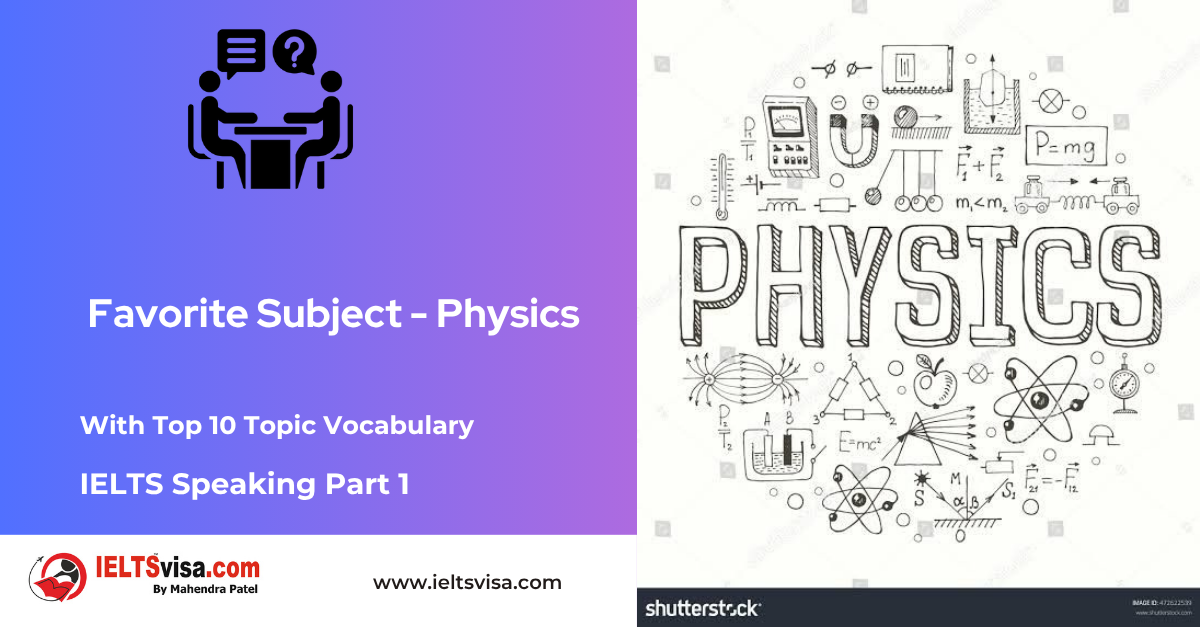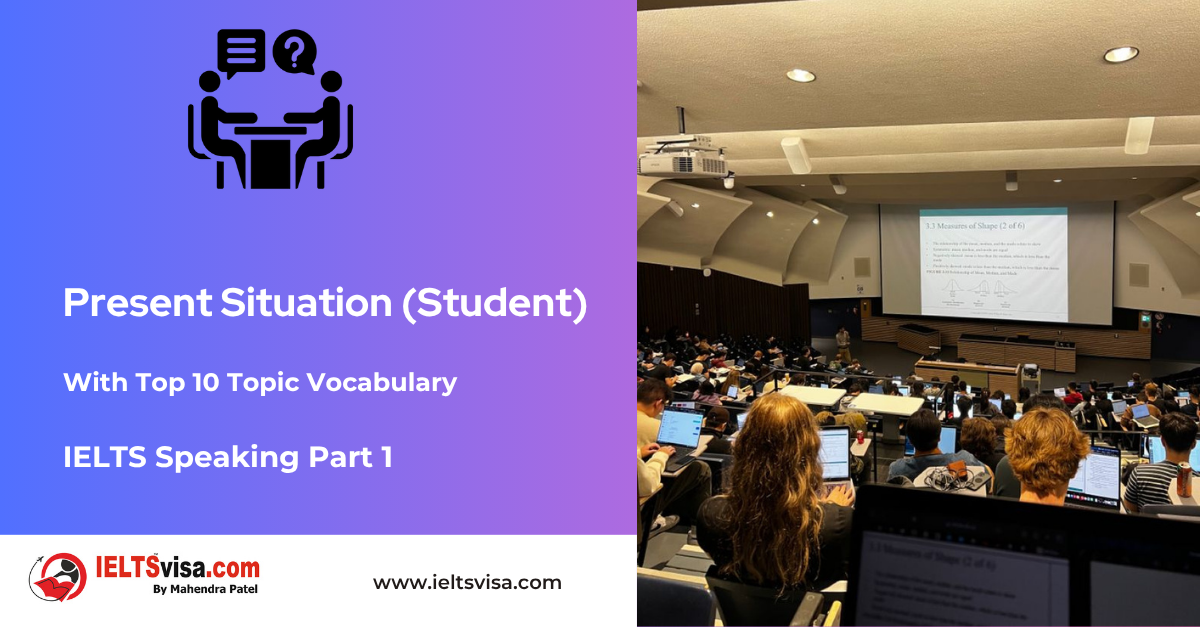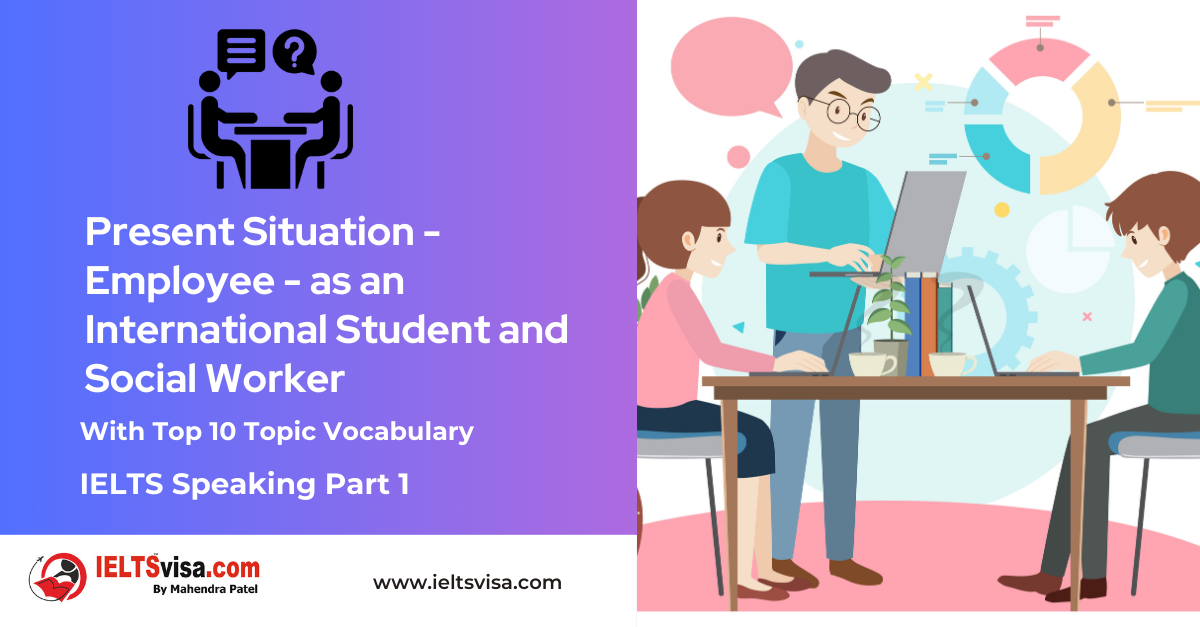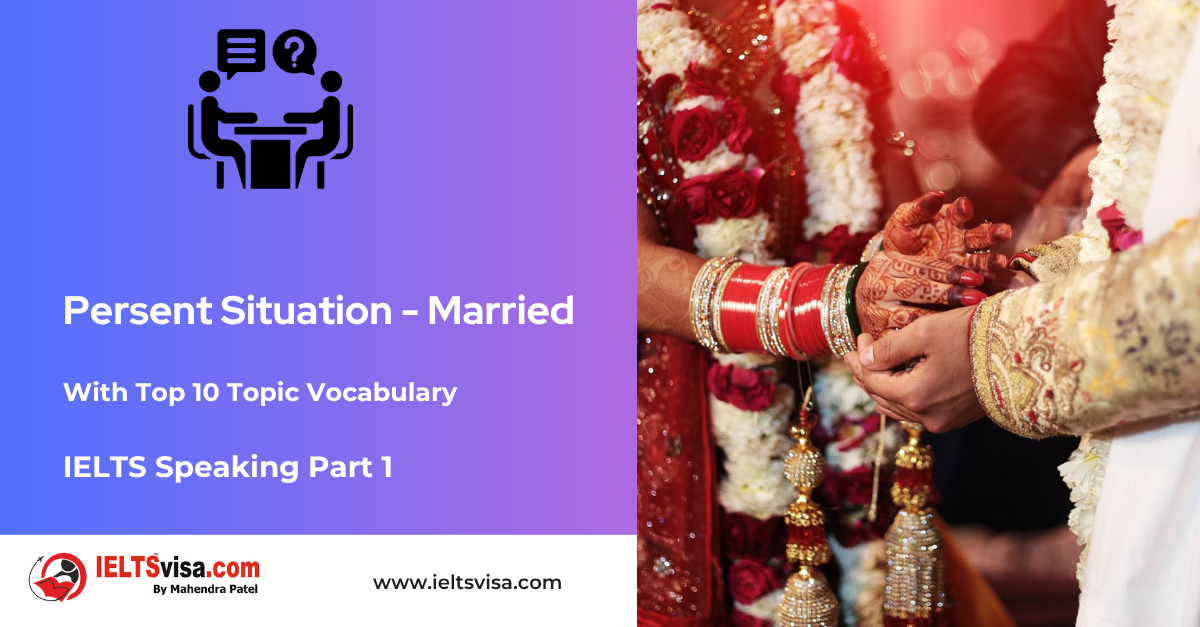Sentence Formation
Grammar for IELTS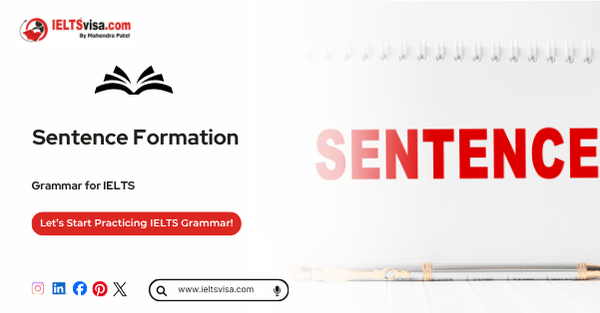
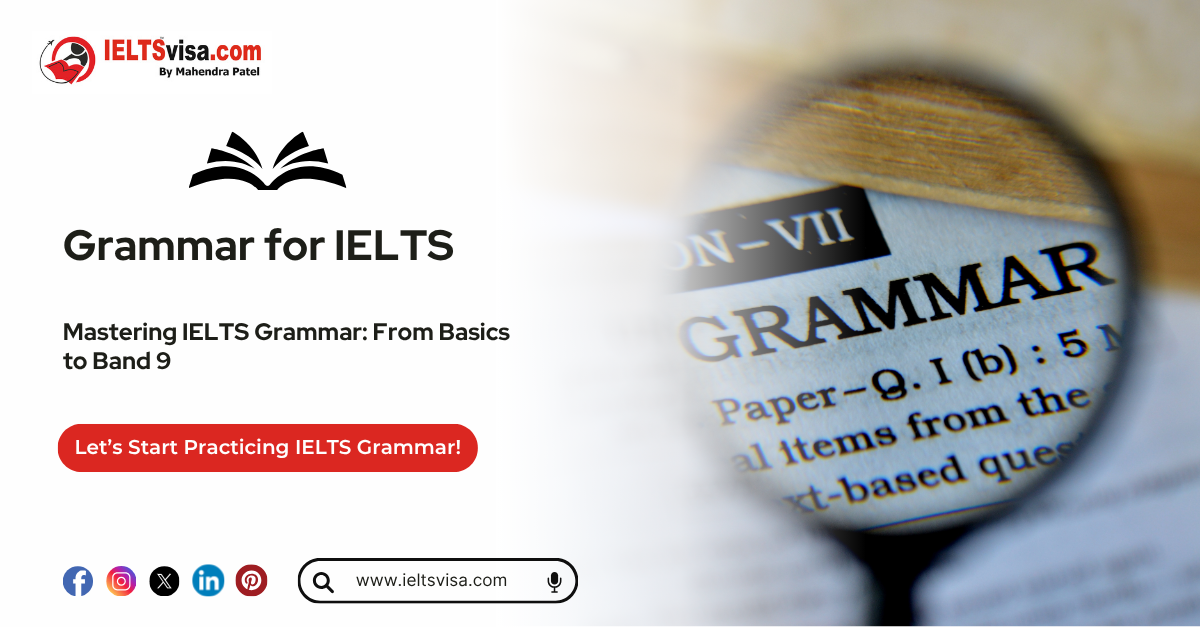
Sentence Formation
Sentence structure forms the backbone of communication in the English language. By mastering the different components and types of sentence structures, students can convey their thoughts clearly and confidently. In this guide, we’ll delve into the meaning, components, and various types of sentence structures presented in a way that even beginners and children can easily grasp.
Table of Contents
1. What Is Sentence Structure?
2. Basic Parts and Components of a Sentence
-
- Parts of a Sentence
- Components of a Sentence
3. Detailed Explanation of Sentence Components
-
- Subject
- Verb
- Object
- Complement
- Adjunct
4. Types of Sentence Structures
5. Examples of Sentence Structures
6. Practice Questions
7. Frequently Asked Questions (FAQs)
What Is Sentence Structure?
Definition: Sentence structure refers to how words, phrases, and clauses are arranged to form a grammatically correct and meaningful sentence.
According to the Collins Dictionary, sentence structure is “the grammatical arrangement of words in sentences.”
Purpose: It ensures clarity and coherence, helping readers or listeners understand the intended message.
Before diving into sentence structures, it’s essential to understand the basic building blocks of a sentence. Parts of a SentenceBasic Parts and Components of a Sentence
1. Subject: The main noun or pronoun that performs the action.
-
-
- Example: The cat slept on the mat.
-
2. Predicate: The part of the sentence that tells what the subject does or is.
-
-
- Example: The cat slept on the mat.
-
Components of a Sentence
A sentence is typically composed of the following five components:
1. Subject: Who or what the sentence is about.
2. Verb: The action or state described in the sentence.
3. Object: The noun or pronoun affected by the action.
4. Complement: Additional information about the subject or object.
5. Adjunct: Extra details like time, place, manner, or reason.
Detailed Explanation of Sentence Components
1. Subject
The subject is the person, place, or thing that performs the action in the sentence.
-
- Question to Identify: Who or what is performing the action?
- Examples:
-
- The dog barked.
- My sister is reading a book.
-
2. Verb
The verb describes the action, state, or condition of the subject.
-
- Examples:
-
- She runs every day.
- They are studying for the test.
-
- Examples:
3. Object
The object is the receiver of the action. There are two types:
1. Direct Object: Answers the question “what?”
-
-
-
- Example: She bought a gift.
-
-
2. Indirect Object: Answers the question “to whom?” or “for whom?”
-
-
-
- Example: He gave me a flower.
-
-
4. Complement
Complements provide additional details to complete the meaning of a sentence. They are of two types:
1. Subject Complement: Describes or renames the subject.
-
-
-
- Example: She is a teacher.
-
-
2. Object Complement: Describes or renames the object.
-
-
-
- Example: They elected him leader.
-
-
5. Adjunct
Adjuncts add extra information, such as time, place, or manner.
-
- Examples:
-
- Yesterday, we went to the park.
- She sings beautifully.
-
- Examples:
Types of Sentence Structures
Understanding sentence structures helps create variety in writing and speaking. Here are the main types:
1. Subject + Verb (SV): The baby cried.
2. Subject + Verb + Object (SVO): She eats an apple.
3. Subject + Verb + Complement (SVC): He is a doctor.
4. Subject + Verb + Adjunct (SVA): They walked to school.
5. Subject + Verb + Object + Complement (SVOC): We named her captain.
6. Subject + Verb + object + Adjunct (SVOA): She placed the book on the table.
7. Subject + Verb + Indirect Object + Direct Object (SVIODO): He gave me a pen.
8. Adjunct + subject + Verb + Object (ASVO): In the morning, I read a book.
9. Subject + Verb + Adjunct + Adjunct (SVAA): She travels to London every year.
Examples of Sentence Structures
SV (Subject + Verb)
-
- The birds sang.
- It is raining.
SVO (Subject + Verb + Object)
-
- I like chocolate.
- They watched a movie.
SVC (Subject + Verb + Complement)
-
- She is a nurse.
- The sky looks clear.
SVA (Subject + Verb + Adjunct)
-
- He went outside.
- They arrived early.
SVOC (Subject + Verb + Object + Complement)
-
- We made her happy.
- They painted the room blue.
SVOA (Subject + Verb + Object + Adjunct)
-
- She placed the flowers on the table.
- He left his coat in the car.
SVIODO (Subject + Verb + Indirect Object + Direct Object)
-
- She gave me a book.
- The teacher handed him the assignment.
Practice Questions
Identify the sentence structure:
1. My brother plays cricket every evening.
2. The stars are shining brightly.
3. She gave her friend a beautiful gift.
Rewrite using adjuncts:
1. He finished his homework.
2. We visited the museum.
Frequently Asked Questions (FAQs)
Q1. What is sentence structure?
Sentence structure refers to the arrangement of words and phrases in a sentence to make it meaningful and grammatically correct.
Q2. Why is sentence structure important?
It ensures clarity, coherence, and logical flow in communication.
Q3. What are the five main components of a sentence?
The five components are:
- Subject
- Verb
- Object
- Complement
- Adjunct
Q4. Can a sentence have more than one adjunct?
Yes, a sentence can have multiple adjuncts.
-
- Example: Every morning, she walks briskly in the park.

Our Books
Master IELTS Speaking Part 1
IELTS Writing Task 1 Book
IELTS Writing Task 2 Book
Practice IELTS Other Modules
IELTS Listening
The IELTS Listening test assesses how well you can understand spoken English in various contexts. It lasts about 30 minutes and is divided into four sections with a total of 40 questions. The listening tasks become increasingly difficult as the test progresses.
IELTS Academic Reading
The IELTS Academic Reading section assesses your ability to understand and interpret a variety of texts in academic settings. It is designed to evaluate a range of reading skills, including skimming for gist, reading for main ideas, reading for detail, understanding inferences, and recognizing a writer's opinions and arguments.
IELTS Speaking
The IELTS Speaking test assesses your ability to communicate in English on everyday topics. It lasts 11-14 minutes and consists of three parts: introduction, cue card, and a discussion based on the cue card topic.
IELTS General Reading
IELTS General Reading tests your ability to understand and interpret various types of texts. Here are some key areas and types of content you can expect to encounter in the reading section, along with tips for effective preparation.
IELTS Academic Writing Task 1
In IELTS Academic Writing Task 1, you are presented with a visual representation of information, such as graphs, charts, tables, or diagrams, and you are required to summarize, compare, or explain the data in your own words.
IELTS General Writing Task 1
In IELTS General Writing Task 1, you are required to write a letter based on a given situation. The letter can be formal, semi-formal, or informal, depending on the prompt. Here’s a breakdown of the key components to include in your letter
IELTS Academic Writing Task 2
In IELTS Academic Writing Task 2, you are required to write an essay in response to a question or topic. Here’s a guide to help you understand the essential elements of this task
IELTS Exam Tips
To succeed in the IELTS exam, practice regularly, familiarize yourself with the test format, improve your vocabulary, develop time management skills, and take mock tests to build confidence.
Grammer for IELTS
Grammar is the foundation of effective communication in English. Understanding tense usage, subject-verb agreement, and sentence structure enhances clarity and coherence in writing and speaking.
Vocabulary for IELTS
Vocabulary plays a crucial role in the IELTS (International English Language Testing System) exam, especially in the Speaking and Writing sections. Here’s an overview of why vocabulary is important and how it impacts your performance
RECENT IELTS SAMPLES QUESTIONS AND ANSWERS
IELTS Speaking Part 1 – Favourite Sujbect – Physics
IELTS Speaking Part 1 - Favourite Sujbect - Physics Q: What is your favourite subject? A: My favourite subject...
IELTS Speaking Part 1 – Present Situation (Student)
IELTS Speaking Part 1 - Present Situation (Student) Q1: Are you a student or do you work?A: I’m a full-time...
IELTS Speaking Part 1 – Present Situation – Employee – as an International Student and Social Worker
IELTS Speaking Part 1 - Present Situation - Employee - as an International Student and Social Worker Q1: Are...
IELTS Speaking Part 1 – Persent Situation – Employee- as an Electric Engineer
IELTS Speaking Part 1 - Persent Situation - Employee- as an Electric Engineer Q1: What do you do for a...
IELTS Speaking Part 1 – Persent Situation – Employee – as an Software Engineer
IELTS Speaking Part 1 - Persent Situation - Employee - as an Software Engineer Q1: What do you do for a...
IELTS Speaking Part 1 – Persent Situation – Married
IELTS Speaking Part 1 - Persent Situation - Married Q1: Are you married?A: Yes, I am married. My spouse and I...

